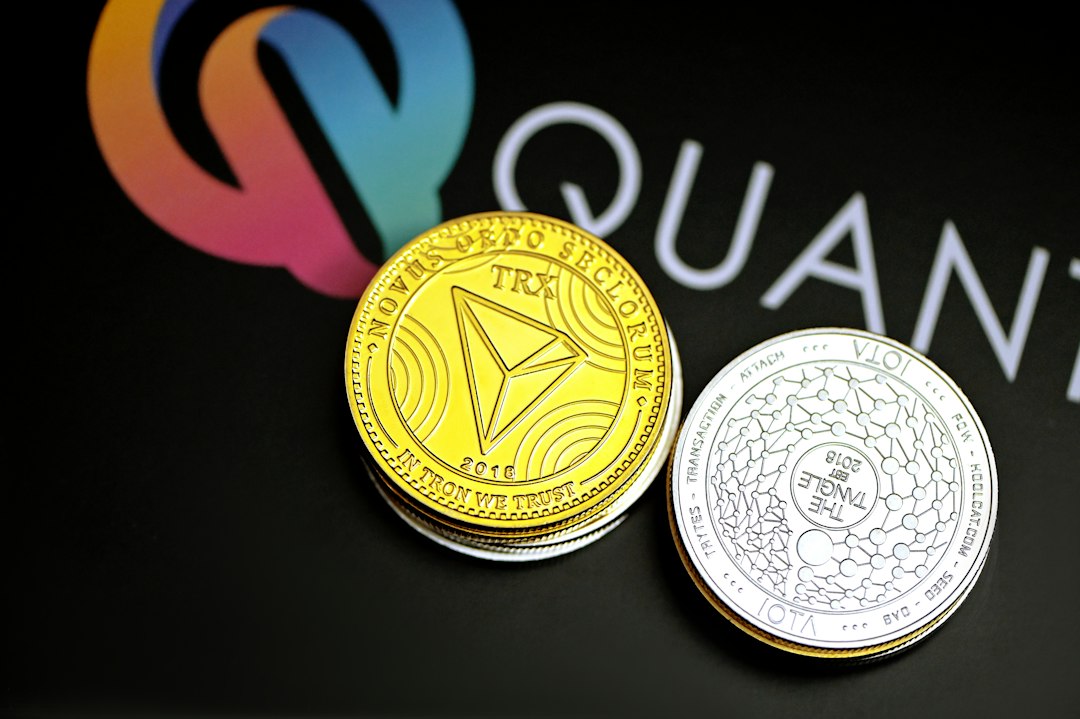Goldman Sachs Prepares for Increased Blockchain-Based Asset Trading
Goldman Sachs is getting ready for a significant rise in the trading of blockchain-based assets in the next one to two years, indicating a major shift in digital asset markets. The bank’s global head of digital assets, Mathew McDermott, has stated that not only is the company preparing for increased trading volumes, but it is also seeing a growing interest in cryptocurrency derivatives among its clients.
McDermott’s Focus on Expanding Digital Assets
The anticipation is high as the market awaits the U.S. Securities and Exchange Commission’s decision on approving a spot Bitcoin exchange-traded fund (ETF). This move is expected to unlock new opportunities and attract more investors to cryptocurrencies. McDermott, however, has his sights set beyond cryptocurrency and is focused on developing a broader range of digital assets, including issuing blockchain-based tokens representing traditional assets like bonds.
Anticipated Rise in Blockchain-Based Trading Volumes
McDermott predicts that there will be an increase in blockchain-based trading volumes within the next 1-2 years, with significant market development expected in 3-5 years. He acknowledges that transitioning most financial markets to blockchain is a long-term goal but sees a “huge appetite” for digital assets that has grown over the past year.
Operational Efficiencies and De-Risking Financial Markets
Goldman Sachs’ exploration into blockchain technology aims to embrace new asset classes and revolutionize the underlying infrastructure of financial markets. McDermott believes that using blockchain can bring significant operational efficiencies, streamline settlement processes, and contribute to de-risking financial markets. He emphasizes the ability to send collateral and liquidity between parties more quickly and precisely if securities were traded via blockchain.
Challenges on the Path to a Blockchain-Dominant Financial Landscape
While Goldman Sachs has conducted various pilot projects, including issuing blockchain-based bonds, there is currently no routine issuance or established liquid secondary market. McDermott also notes that an ETF approval may not lead to an immediate and dramatic increase in liquidity and pricing but recognizes the potential for attracting new institutional investors to the market. He highlights the importance of engaging with familiar and scalable products as a positive step for the asset class.
Hot Take: Goldman Sachs Anticipates Major Growth in Blockchain-Based Asset Trading
Goldman Sachs’ plans for increased trading of blockchain-based assets within the next one to two years indicate a significant evolution in digital asset markets. The bank’s focus on expanding digital assets beyond cryptocurrency and its prediction of rising blockchain-based trading volumes highlight the growing interest and appetite for digital assets. By exploring blockchain technology, Goldman Sachs aims to achieve operational efficiencies, streamline settlement processes, and de-risk financial markets. While challenges remain on the path to a blockchain-dominant financial landscape, such as establishing routine issuance and liquid secondary markets, the potential for attracting new institutional investors through an approved Bitcoin ETF is recognized. Overall, Goldman Sachs is positioning itself for major growth in blockchain-based asset trading.





 By
By
 By
By
 By
By
 By
By
 By
By